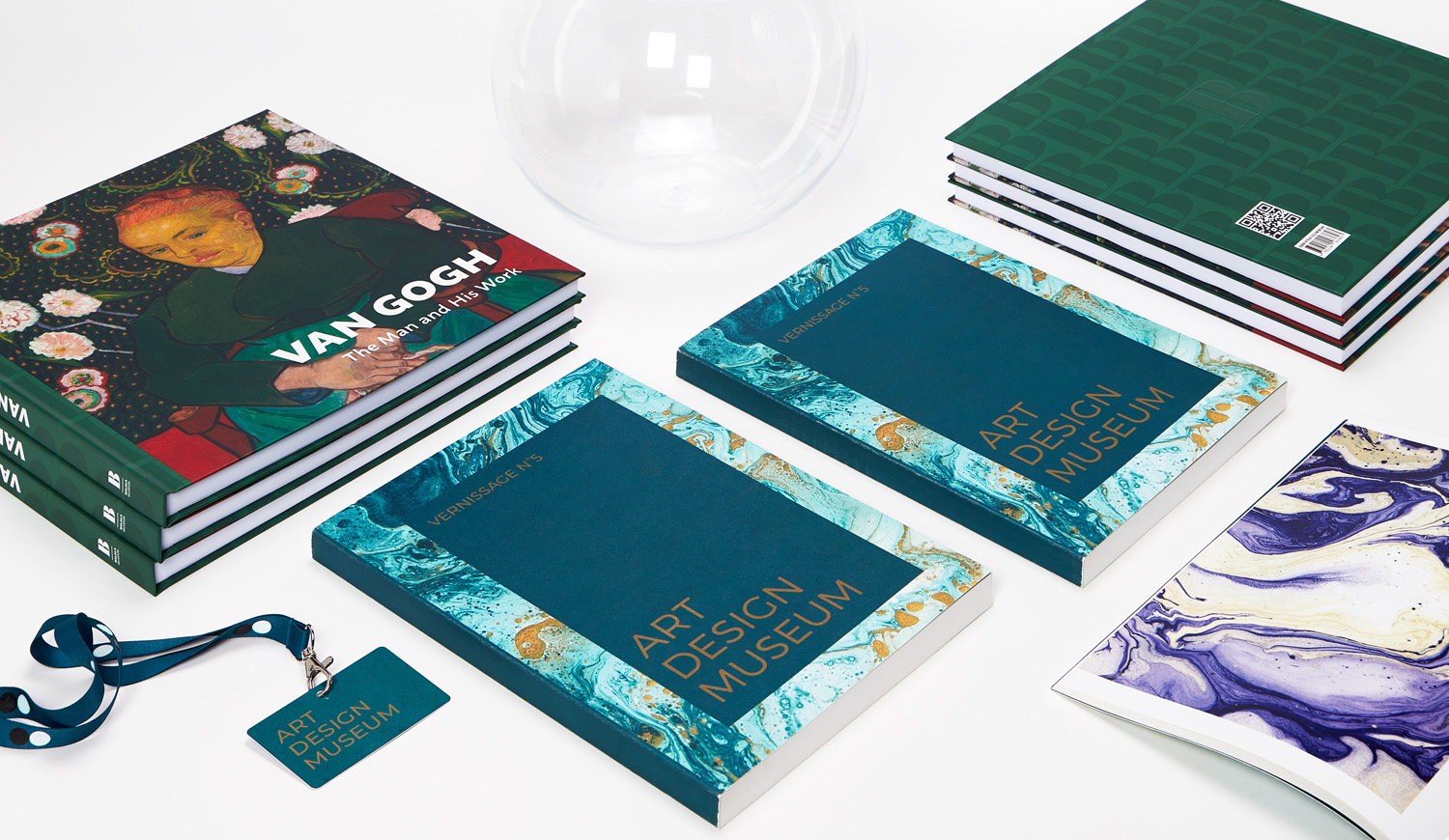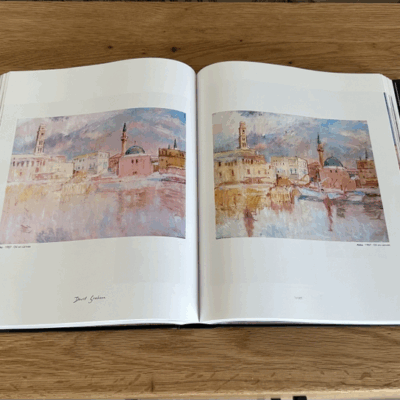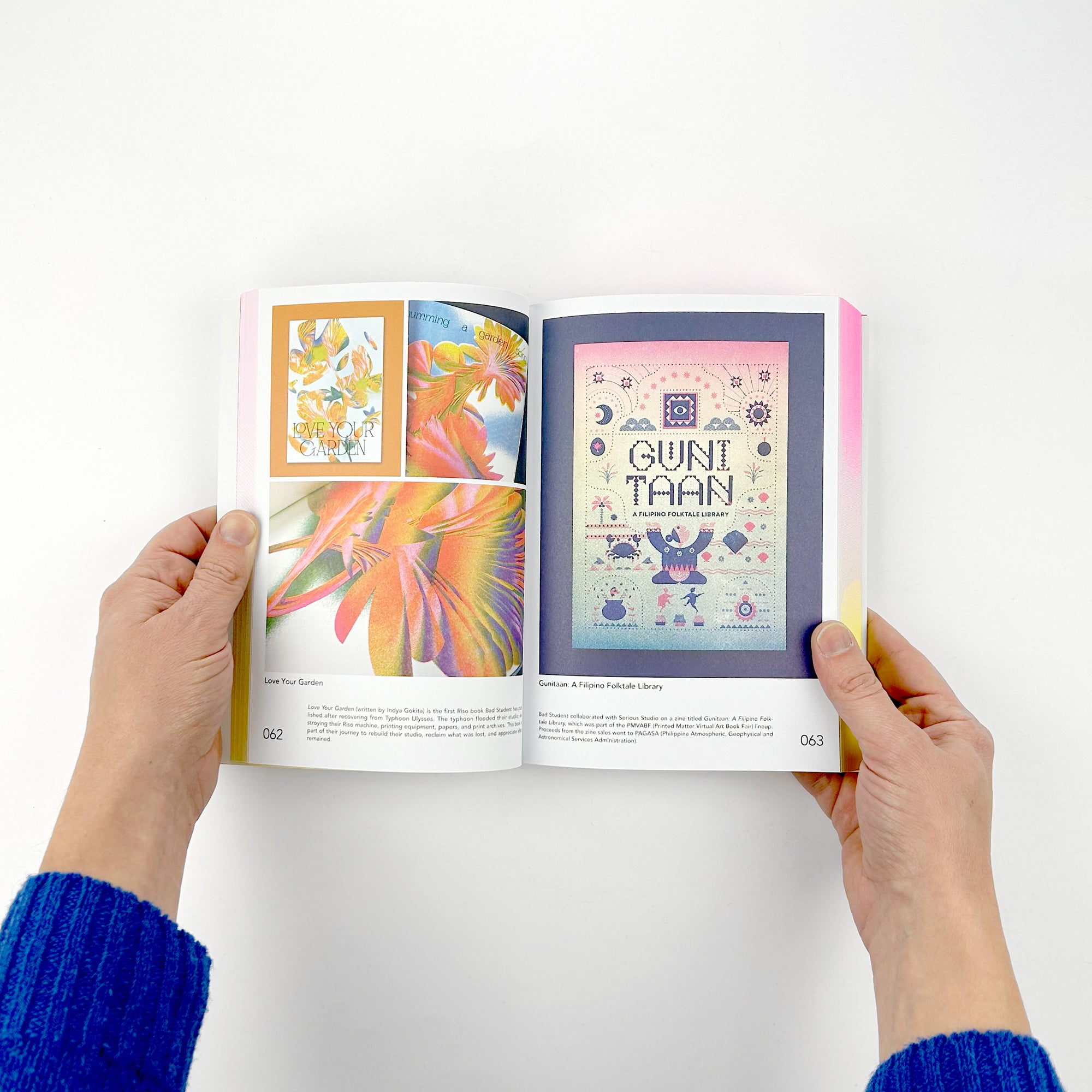Unveiling the Tricks of Effective Art Book Printing Techniques for Creative Professionals
When it concerns creating an art book, every detail issues. You require to think of paper selection, binding options, and shade precision. It's not almost visuals; it's regarding just how your work resonates with the audience. The options you make can elevate your project or diminish it. So, what are the vital strategies that can ensure your art book attracts attention in a crowded market? Allow's check out these important elements even more.
Recognizing the Value of Paper Selection
When it comes to art book printing, paper option is essential for accomplishing the desired visual impact. The kind of paper you select can considerably impact just how colors show up, structures feel, and just how your art work reverberates with customers.
A shiny finish can make shades pop, while a matte surface area might provide an extra suppressed, artistic ambiance. Additionally, don't forget the significance of acid-free paper to assure durability and prevent yellowing gradually.
Test samples before settling your selection; this'll aid you see just how your art connects with different papers. Ultimately, the right paper can raise your art book from normal to remarkable, making a long-term impression on your target market.
Discovering Binding Alternatives for Art Books
As you immerse on your own in the world of art book printing, exploring binding options is essential for bringing your vision to life. The selection of binding effects not just the visual appeals however likewise the performance of your book. For a sleek and modern look, think about excellent binding, which permits a level spine and simple readability. If you desire an even more tactile experience, attempt saddle sewing, which is wonderful for thinner publications and keeps prices down.
If your book includes one-of-a-kind elements, like fold-outs or blended media, lay-flat binding may be your best bet, enabling pages to open up completely without losing content. Choose wisely, and your binding will boost the total effect of your art book.
Understanding Color Accuracy in Publish

When preparing your data, convert photos to the CMYK color setting, as this is what printers make use of. Bear in mind color areas; Adobe RGB provides a larger gamut than sRGB, but it's critical to transform to CMYK prior to printing to prevent shocks.
Test prints are very useful; they allow you see how shades translate to paper. Make adjustments based on these evidence. Lastly, communicate with your printer about your shade assumptions-- cooperation can cause spectacular outcomes. With interest to detail, you can attain dynamic, true-to-life colors in your art book.
Ensuring High Photo Resolution for Quality
To assure your art book records the spectacular information of your images, high image resolution is important. Goal for a minimum of 300 DPI (dots per inch) for ideal quality. This ensures that every detail in your artwork appears crisp and lively, permitting your viewers to value the nuances of your imagination.
When preparing your pictures, always begin with the highest resolution feasible. If you're checking artwork, use a high-grade scanner and select the ideal setups. If you're using digital documents, make certain they're saved in styles like TIFF or PNG, which preserve picture high quality far better than JPEGs.
Also, take into consideration the final size of your pictures in print. A photo that looks terrific on your screen might not translate well to publish if it's as well little. By concentrating on high photo resolution, you'll generate a professional art book that showcases your operate in the most effective light.
The Role of Design and Layout in Art Books
While crafting the original source an art book, the layout and layout play a crucial role in boosting the aesthetic experience. You want your target market to involve with your work, and a thoughtful format can lead their journey via the pages. Consider the equilibrium between message and photos; way too much message can overwhelm, while insufficient might leave your message vague.
Usage whitespace properly to provide your art work breathing space, enabling each item to radiate. Think of the flow of the pages-- just how each photo engages with the following. This can create a narrative that pulls readers in and keeps them mesmerized.
Make certain your design aligns with the total style of your book, developing a cohesive experience. With cautious focus to layout and layout, your art book can come to be a spectacular aesthetic story that reverberates with your target market.
Choosing the Right Printing Technique
The right printing strategy can greatly affect exactly how your art book is perceived and experienced. Digital printing is perfect for short runs, providing fast turn-around times and vibrant shades that bring your art work to life.

Budgeting for Art Book Manufacturing
Budgeting for art book manufacturing is essential, and obtaining a clear photo of your expenses can save you from unforeseen costs later. Start by defining your spending plan, considering all elements like style, printing, and distribution. Research printing choices to locate one that fits your high quality and amount needs without breaking the financial institution.
Don't fail to remember to include expenses for products, such as paper and ink, along with any additional attributes like embossing or specialty finishes. Aspect in style expenses, whether you're doing it on your own or working with a specialist. site web Likewise, account for advertising and marketing and promo, as they're important for reaching your target market.

Regularly Asked Inquiries
What Are the most effective Printers for Art Book Projects?
When selecting printers for your art book projects, think about top quality inkjet models like Canon or Epson. They provide vibrant colors and sharp information, guaranteeing your art work sticks out perfectly on every page.
Just how Do I Prepare My Declare Printing?
To prepare your apply for printing, warranty you've established the appropriate resolution, shade mode, and documents style (art book). Don't forget to include hemorrhage and chop marks, so your artwork publishes flawlessly with no unwanted boundaries
What Is the Ordinary Turn-around Time for Art Book Printing?
The standard turnaround time for art book printing varies, however you can usually expect it to take in between two to 4 weeks. Factors like complexity and quantity can affect this timeline, so strategy accordingly.
Can I Publish Art Books in Little Quantities?
Yes, you can publish art books in small quantities. Many printing services use short-run options, allowing you to produce limited versions without high upfront prices. This flexibility helps showcase your job while managing spending plan restraints successfully.
What Are Typical Errors to Avoid in Art Book Printing?
When publishing art books, avoid common blunders like poor data resolution, overlooking shade calibration, and ignoring to proofread. Also, don't ignore the importance of choosing the right paper and binding strategies for your job.